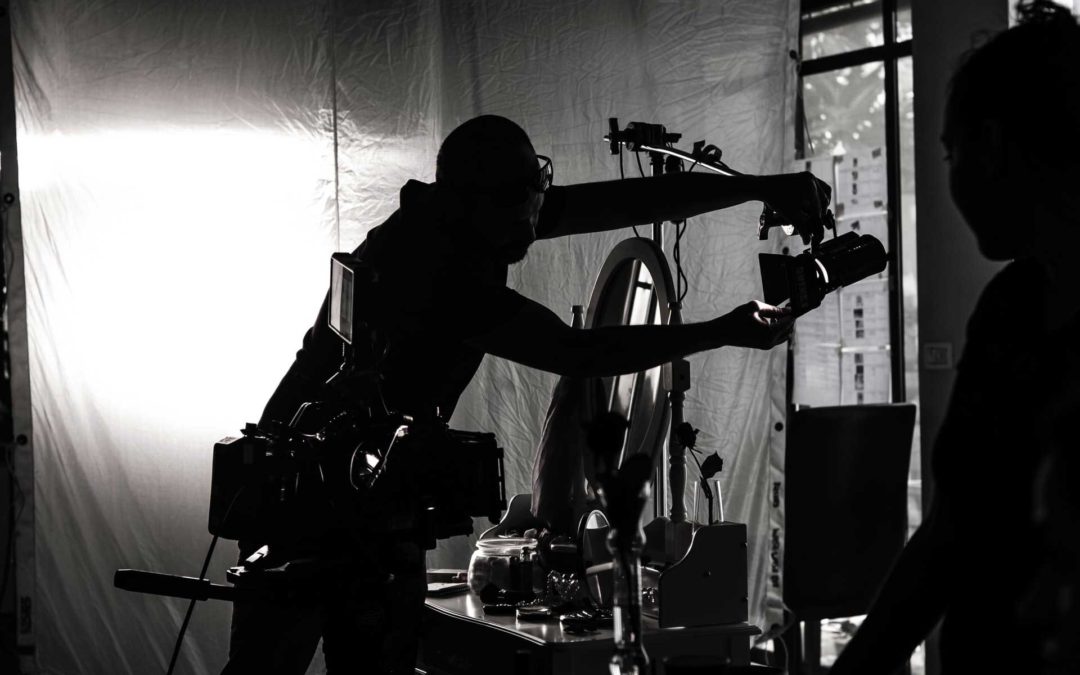There are various elements that contribute to a cinematic shot. Depth, naturalism, and dynamic lighting styles can all result in stunning cinematography.
A simple and direct way to introduce all three into a shot is by using practical lighting.
Practical lighting is so effective because it aims to utilise light not just to properly expose a shot, but to build the world of a film through the light we see in the frame.
What is practical lighting in film?, What effects can it have on a shot?, How can it be used to elevate a story ?…
What is practical lighting in film & TV?
Practical lighting can be achieved with a variety of light sources from
- lamps,
- candles,
- TVs,
- computers,
- flash lights,
- or even car headlights.
Practical light sources are effective at establishing motivated light sources in a scene and creating a sense of realism for the audience.
What is practical lighting in film used for?
- Narrative function
- Motivating light sources
- Creating depth and separation
Narrative function
Practical lights can also be incorporated into a shot through practical props lighting. Lights are often used as narrative tools to reveal information to an audience. Practical lights are used quite literally to communicate to the audience and characters.
This creative use of practicals definitely makes you think differently about how they can be used narratively. More commonly, practical lights are often seen in horror or thriller films as props like flashlights to reveal things to the audience.
Narratively, mood and tone are incredibly important for a scene. There is no doubt that lighting in general can set the mood. However, practicals in lighting can be more effective at setting a mood because they are seen within the shot and become a part of a set.
Things like neon lights, oil lamps, or candles can create a very specific mood that would otherwise be less apparent without the practicals.
Motivate your light source
Practicals in lighting are an easy way to immediately create more cinematic images. The first reason being to create a clear motivation for your light sources. This helps sell the illusion that what we’re watching isn’t an artificial set with artificial lighting — this is a real situation in a real location.
One of the biggest flaws beginner cinematographers make is a lack of motivated lighting. When you incorporate practicals in lighting, the audience visually understands where light is coming from. This will immerse them more deeply into the world of the film.
Create depth and separation
Another mistake that beginner filmmakers make is lacking depth and separation in their shots. Shots without depth appear flat and two dimensional. Creating depth is essential for creating cinematic shots. Placing practical lights behind a subject can create separation between the subject and background. Cinematographers often used practicals as backlights to create separation. Practicals in lighting also to give the audience a better sense of space and depth in a shot. In this video by Aputure, you’ll learn how using practical lighting effects like Kubrick can create both visual and emotional depth in a shot.
As you can see, practicals can achieve various effects simultaneously. A simple light can add depth in a scene, set the mood, and immerse a viewer into the film’s world all at the same time.
Practical lighting is a technique that can be used immediately without breaking the bank. Simply going to local thrift stores to find unique lamps and practicals is a cheap and easy way to incorporate practical lighting cinematography into your project and create cinematic shots.

